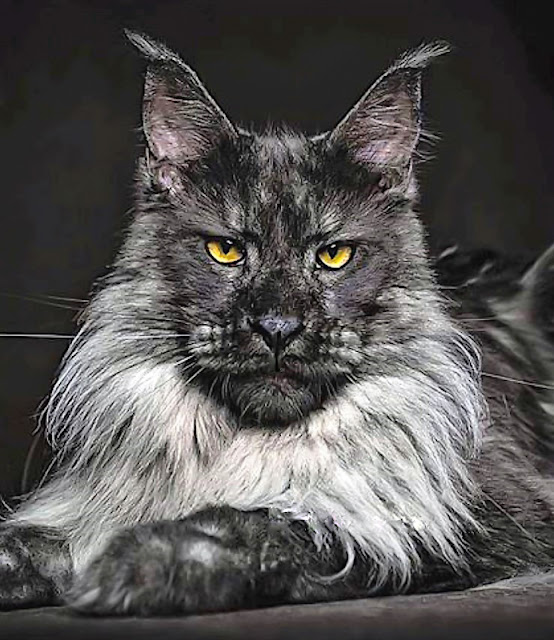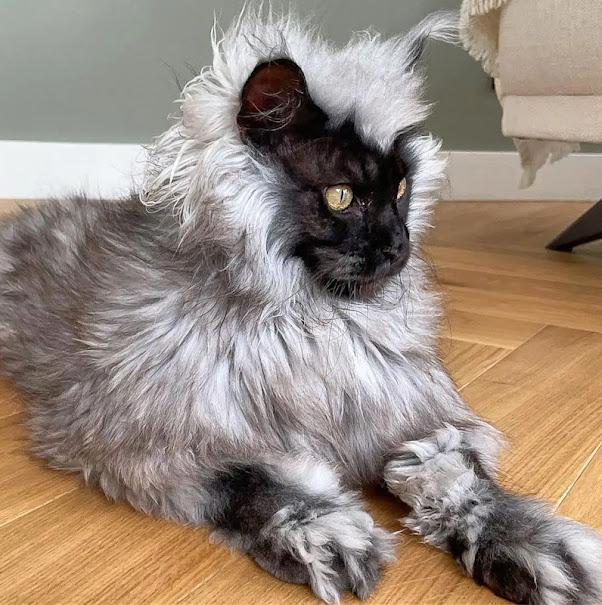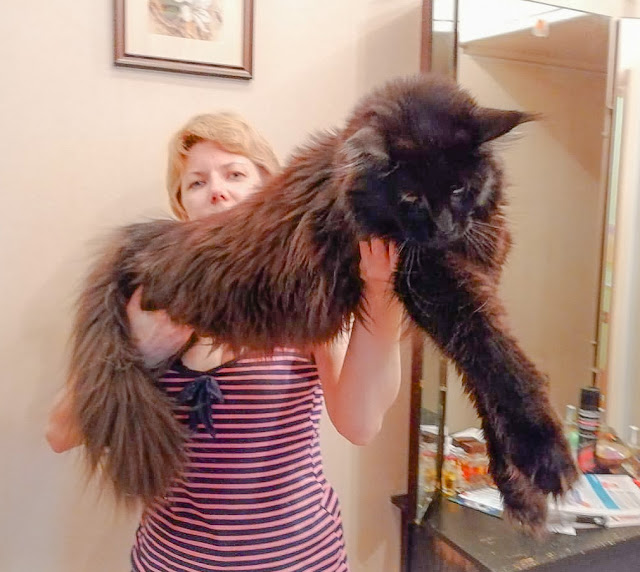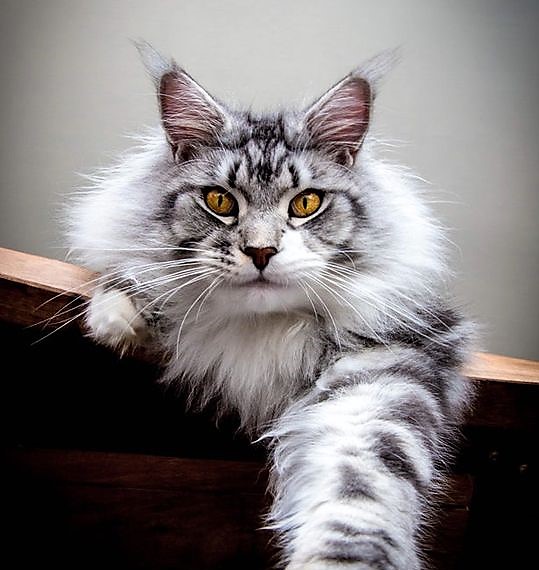Neutering male Maine Coons increases the risk of some urinary tract diseases
 |
| Happy and health, ginger tabby indoor Maine Coon cat on his cat tree. Image: MikeB |
This article applies to all domestic cats but I am publishing it on this Maine Coon website. It is quite an important topic as urinary tract diseases or disorders are common in male cats. It is one of the most common male feline diseases. My research indicates the following:
Castration and Urologic Health: Castration does not directly cause urologic disorders. However, some theories (or studies) suggest that castrated cats may be more prone to developing urinary tract problems, although this has not been definitively proven [I question that last statement as the study referred to fond a correlation].
To the best of my knowledge Maine Coons per se are not predisposed to developing FLUTD (feline lower urinary tract disease). But Maine Coon owners should ideally be aware of the issue raised in this short note.
So what can a Maine Coon or any other domestic cat caregiver do? Think ahead. You have to neuter your male cat for all the usual reasons such as improved behaviour.
What you can do is avoid using dry cat food which is another risk factor for developing FLUTD. Two things can be done (there are others) to minimise the risk of FLUTD: avoid cat stress by ensuring the indoor environment is enriched and secondly, almost exclusively feed high quality canned or sachet cat food which contains 80% water to help keep the urinary tract flushed and healthy.
At present, I cannot find a good answer to the question: Why does male cat castration make it more likely the cat will develop certain types of FLUTD?
Study referred to: Lekcharoensuk C, Osborne CA, Lulich JP. Epidemiologic study of risk factors for lower urinary tract diseases in cats. J Am Vet Med Assoc. 2001 May 1;218(9):1429-35. doi: 10.2460/javma.2001.218.1429. PMID: 11345305.
Study referred to: Lekcharoensuk C, Osborne CA, Lulich JP. Epidemiologic study of risk factors for lower urinary tract diseases in cats. J Am Vet Med Assoc. 2001 May 1;218(9):1429-35. doi: 10.2460/javma.2001.218.1429. PMID: 11345305.
----------
Please excuse the occasional typo due to preparing these articles at breakneck speed using Dragon Dictate. I don't have a proof reader.










Comments
Post a Comment
Please share your Maine Coon experiences.